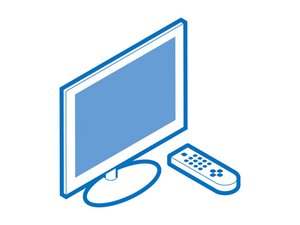It's likely that heat-sensitive components within the One Connect Box are causing the screen flashing issue. Overheating can affect various electronic components, including transistors, capacitors, and integrated circuits. To narrow down the cause, you could try the following steps:
1. Ventilation: Ensure that the One Connect Box has proper ventilation and isn't placed in an enclosed space that restricts airflow. This could help prevent overheating in the first place.
2. Cleaning: Dust and debris can accumulate within the box and contribute to overheating. Gently clean the interior of the One Connect Box to remove any dust buildup.
3. Inspect Components: Visually inspect the components on the circuit board for any signs of damage, such as bulging capacitors or burnt areas. Pay special attention to components near areas where heat might accumulate.
4. Thermal Paste: If applicable, check if any components require thermal paste for proper heat dissipation. Over time, thermal paste can dry out and lose its effectiveness.
5. Testing: If you're comfortable with electronics, you can use a non-contact infrared thermometer to identify hotspots on the circuit board. This might help you pinpoint which components are generating excessive heat.
6. Replacement: If you identify specific components that are overheating, you may need to replace them. This could involve soldering skills and access to replacement parts.
7. Professional Help: If you're not comfortable with electronics repair, it's best to consult a professional technician who can diagnose and fix the issue safely.
Remember to unplug the One Connect Box before attempting any repairs or inspections, and exercise caution when working with electronics.






 2
2  1
1 
@ccycy what is the exact model for your TV? You are pretty convinced that this is coming from your One Connect Box. Any component can react like that when it gets hot. You may need to disassemble it and check for any damaged looking component and or reflow the board.
oldturkey03 의
Samsung QA55Q80RA. I did remove the case and there is no sign of damages of the electronics. So wonder if any hints to troubleshoot using the multimeter. Thanks.
cyrus 의
@ccycy post some pictures of the boards and the interconnect cables etc. with your Question 기존 질문에 이미지 추가하기
oldturkey03 의
@oldturkey03 Uploaded some pictures, hopefully it can help the diagnostics : )
cyrus 의
My led is not connected the dish and set up box
Vivov28s 의